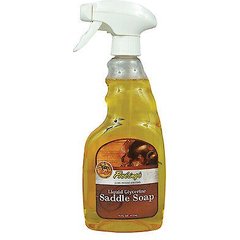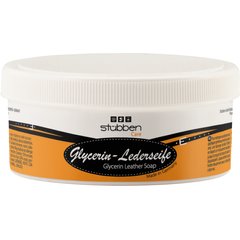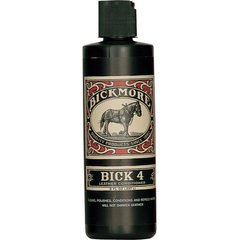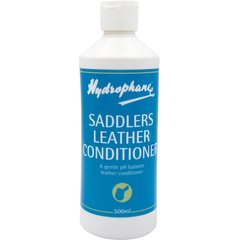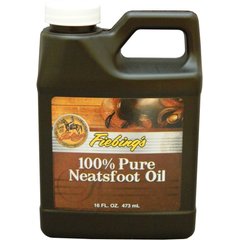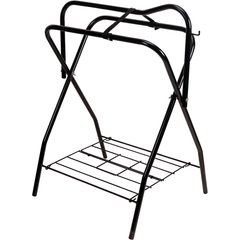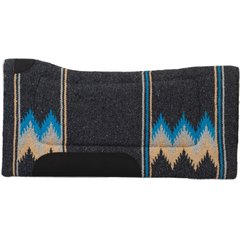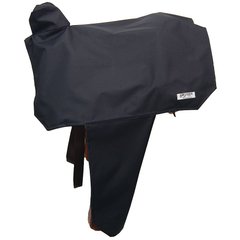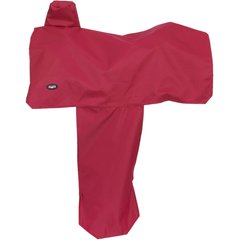How To Clean a Horse Saddle
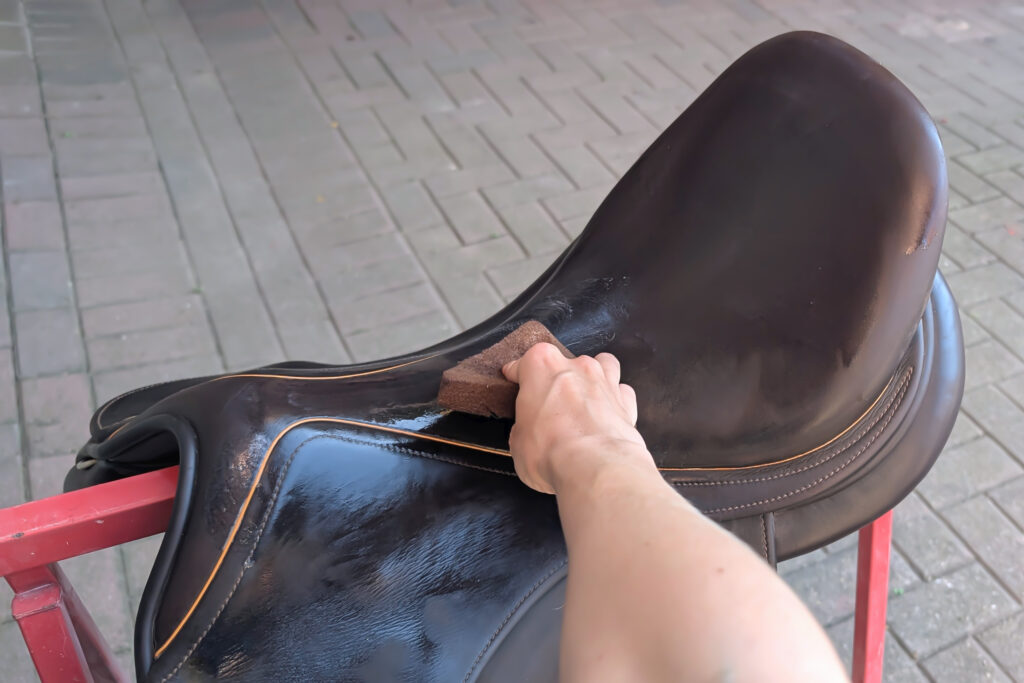
Photo by AlenaAV/iStock/Getty Images Plus
Saddle cleaning is one barn chore you shouldn’t avoid. A properly cared-for saddle looks great, and can last for decades. Neglected saddle leather, on the other hand, may pose risks to your safety, grow mold/mildew, or simply wear out before its time.
Whether your saddle is English, Western, Australian, or otherwise, if it’s horse tack made of leather, it needs regular cleaning and conditioning.
To learn about how to clean a saddle properly, we spoke with professional saddle cleaner Kris Hanna of K&T Saddle Cleaning in Lucerne Valley, California, as well as saddle fitter and endurance rider Heidi Helly of Valley Center, California.
Key Takeaways
- Treat leather like skin: clean it when it’s dirty and apply conditioner when it’s dry.
- Wipe dirt, sweat, and hair off your saddle with a damp rag, towel, or sponge after every ride to extend the time between full cleanings.
- Routine cleaning for most saddles requires only a cleaning product, a conditioning product, water, and a couple of tools.
- A freshly cleaned saddle must dry for at least 24 hours before being used.
- Avoid extreme temperatures, dampness, and direct sun when storing your saddle.
- Light-colored leather, roughout, suede, and decorative trim all require extra caution when cleaning. When in doubt, consult your saddlemaker or a professional tack cleaner.
How To Clean a Saddle, Step by Step
Experts agree that the only surefire way to know which cleaning products are right for your saddle is to have it evaluated by a professional, or ask the saddlemaker. Some purpose-built saddles, such as Western pleasure saddles with extensive silver trim and roping saddles made of roughout leather, should be cleaned professionally to avoid damage.
For most smooth leather saddles, this simple step-by-step process will keep your largest piece of tack in tip-top shape, using some barn supplies you might already have on hand.
1. Gather Your Saddle Cleaning Supplies
When cleaning a saddle, simpler is often better. You’ll just need a few supplies, some of which you might already have lying around the barn. These include:
- Lukewarm water
- A few sponges—Hanna recommends small, round tack cleaning sponges
Recommended Product
- A glycerin-based saddle soap—either liquid glycerin saddle cleaner or cake saddle soap
- If your saddle needs a deeper-moisturizing cleanser, consider Fiebing’s Saddle Soap Paste, which is tallow-based
Recommended Products
- Leather conditioner, such as Bickmore’s Bick-4 or Hydrophane
- Patch-test any new saddle conditioner by applying it to an inconspicuous spot and waiting 24 hours to make sure it doesn’t darken your leather.
Recommended Products
- Soft toothbrush for tooling, crevices, and fittings
Recommended Product
- Chamois cloth or soft terry towel for buffing
Recommended Product
- If you’ll be using oil rather than conditioner, pure neatsfoot oil can be used to restore dry leather, but it will darken light-colored leather.
- Leather conditioner softens stiff or brittle leather more than oil, but oil does a better job of restoring moisture to dry old leather.
- Patch-test before using oil, and be aware that darkening from neatsfoot oil cannot be reversed.
Recommended Product
2. Prepare the Saddle
Before getting your saddle wet, find a well-ventilated, shady place for it to dry. In high-humidity areas, you might need to bring your saddle into an air-conditioned room for 24 hours after cleaning. Leather that stays wet too long may develop mold or mildew.
If the weather is extremely hot or cold, clean your tack indoors or save this chore for a milder day. Letting your saddle freeze or bake while damp will shorten its life.
Place your saddle on a clean, supportive surface, such as a portable saddle stand like this one from Weaver. Remove saddle pads, saddle bags, stirrups and leathers, girths/cinches, breast collars, cruppers, and anything else that attaches to your saddle.
Recommended Product
Use your soft towel or a damp tack sponge to wipe away dust, hair, or other loose, dry grime clinging to the surface of the saddle.
3. Clean the Leather
Cleaning saddle leather is a simple process, but it pays to be thorough!
- Wet your sponge and gently squeeze it out, so that it’s not dripping but still feels wet to the touch.
- Apply your selected soap to the saddle or sponge, following the manufacturer’s directions.
- Use circular motions to clean your saddle one area at a time, paying special attention to any wear points like billets, latigos, and areas where buckles or D-rings place stress on the leather.
- Use your soft toothbrush to scrub crevices, leather tooling, the underside of saddle flaps, and anywhere else your sponge won’t reach.
- Rinse soap away completely with a clean, damp sponge.
Tip: It’s better to clean and rinse one area at a time than to let soap dry on the first few spots you cleaned while you’re finishing the rest of the saddle. Soap left to dry on top of the leather is hard to remove and can turn into dirt-attracting residue.
4. Clean the Non-Leather Parts
Most metal fittings can be cleaned with a damp sponge, no detergent needed. To remove caked-on dirt, reach for that toothbrush one more time.
Silver should be cleaned professionally. Most “silver” used in tack manufacturing is actually silver alloy, meaning it’s mixed with other metals. The correct polish for one silver alloy may damage another.
If your saddle has synthetic parts made of materials like Supracor, Beta, or BioThane, water alone is generally enough. For heavily soiled synthetic areas, try a mild, diluted dish soap. Be careful not to drip any detergent not designed for leather onto the leather parts of your saddle.
5. Condition the Leather
Just like your skin, leather gets dry after being washed, so always follow soap with a leather conditioner.
- Apply using a clean sponge or rag, using small, circular motions to work a thin, even layer of conditioner into all areas of smooth leather.
- Do not apply conditioner to stitching, as the oils in some conditioners may weaken thread.
- Avoid oversaturation—excess conditioner makes leather feel unpleasantly tacky and attracts dirt.
- Let the conditioner absorb for 15 to 20 minutes.
- Buff gently with a chamois cloth, soft old cotton rag, or microfiber towel.
Tip: Bring moisture back to a neglected saddle by applying thin layers of conditioner more frequently, rather than saturating the saddle with conditioner all at once.
Drying and Storing Horse Saddles
Dry your freshly cleaned and conditioned saddle on a sturdy, smooth saddle rack in a well-ventilated space for at least 24 hours before riding. Never allow damp leather to freeze or sit in direct sun. Keep leather away from space heaters, sunny windows, and other sources of concentrated heat.
Helly does not recommend bare-metal saddle stands for long-term storage, especially if your saddle has flexible or adjustable panels. If you must use a wire saddle stand, put a clean, thick Western-style pad like this one from Weaver on the rack to support your saddle. Avoid stacking saddles on top of each other, which may warp the tree.
Recommended Product
After your saddle has completely dried, preserve the results of your cleaning by covering it with a dust cover. Tahoe Tack makes a waterproof Western saddle cover, while Tough1 has a basic nylon model for indoor storage. For English saddles, consider a fleece-lined cover for extra shine and protection from barn cats’ claws.
Recommended Products
Saddle Maintenance Tips
How often to clean your saddle depends on how often you ride, how old your saddle is, and the quality of leather. Of course if you ride bareback, you won’t need to clean a saddle at all!
Follow these tips to make saddle cleaning a breeze:
- Top-quality saddle leather may not need much cleaning for the first few years of its life, aside from a quick spiff-up for horse shows.
- If you use a more broken-in saddle and ride daily, you might need to fully clean and condition your saddle every two to three months.
- Examine your saddle at least once a month for excessive wear.
- All saddles can benefit from an annual trip to a professional saddle cleaner or restorer for a deep cleaning and end-to-end inspection.
Each time you put your foot in the stirrup, you’re trusting your saddle with your safety and your horse’s comfort. Treat your most crucial piece of riding equipment with care and it’ll take care of you, too.

